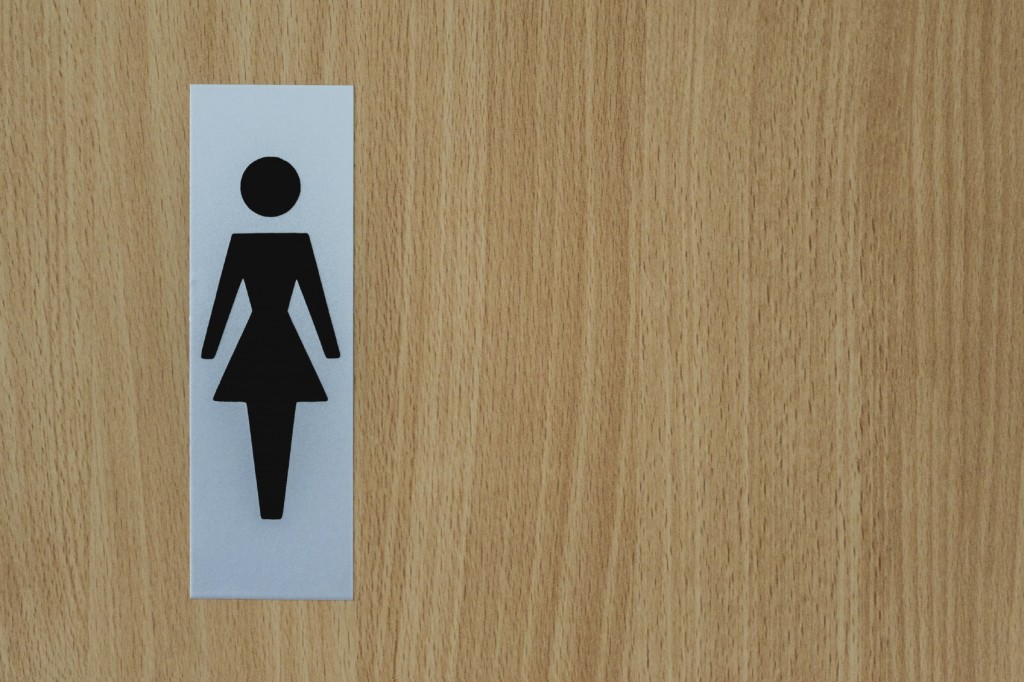If you’ve never heard of this semi-maddening, sleep-altering issue, count yourself and your loved ones as blessed! Sadly, 10% of the adult population in the U.S. is afflicted by this condition which seriously should be called “rest-less” leg syndrome. Here’s why:
Restless legs syndrome, or RLS, is characterized by strong, unsettling sensations, such as tension, itchiness, or cramping, which build up within the legs as a person begins to settle down for the evening. These terribly bothersome symptoms create an overwhelming urge to move ones legs in order get the feelings to dissipate. In fact, it’s this “U.R.G.E.” which is used to diagnose RLS.
U – Uncontrollable need to move your legs.
R – Rest-induced.
G – Gets better with activity.
E – Evening accentuation.
Unfortunately, even though the symptoms can be silenced by movement, there is no lasting resolve. As soon as those restless legs come to rest, the annoying sensations will begin to build up, driving a person to, once again, move their legs.
My girlfriend’s husband has suffered with RLS for over a decade. He has been relegated to sleeping on the couch—both because my friend can’t sleep a wink with his constant motion and because watching TV helps to settle his legs long enough to allow him to eventually fall asleep. (Oddly, mental activity has the same helpful effect on the symptoms of RLS as physical activity.)
RLS does not typically pose a problem during the day, but rather ramps up as person begins to settle down in the late evening. The symptoms tend to peak between 11pm and 3am—perfectly timed to ruin your night’s sleep!
While there are a number of lifestyle changes which have been shown to lessen this condition, about 2-3 % of people will eventually require prescription medication, such as Requip® or Mirapex®, to find sleep-restoring relief. But user beware—often times a patient will build up a tolerance to the prescribed dosage and need increasingly larger dosages in order to get the same relief.



















